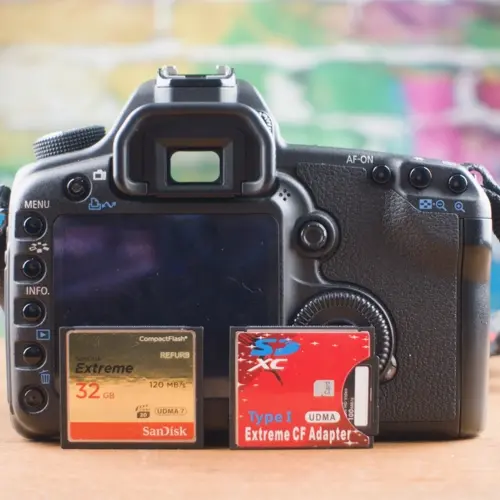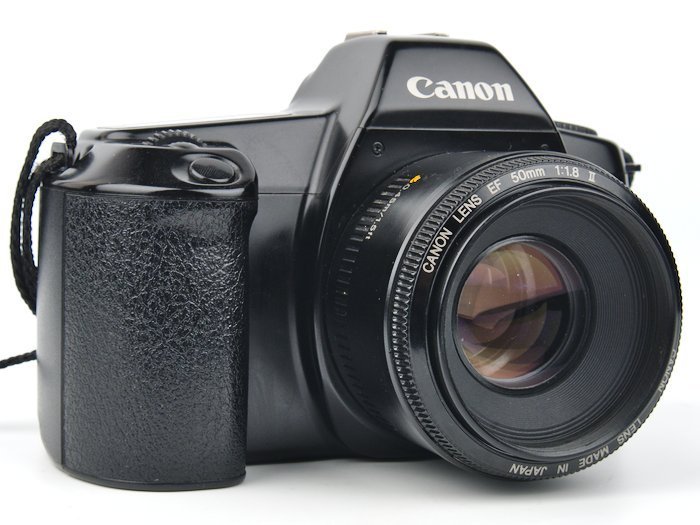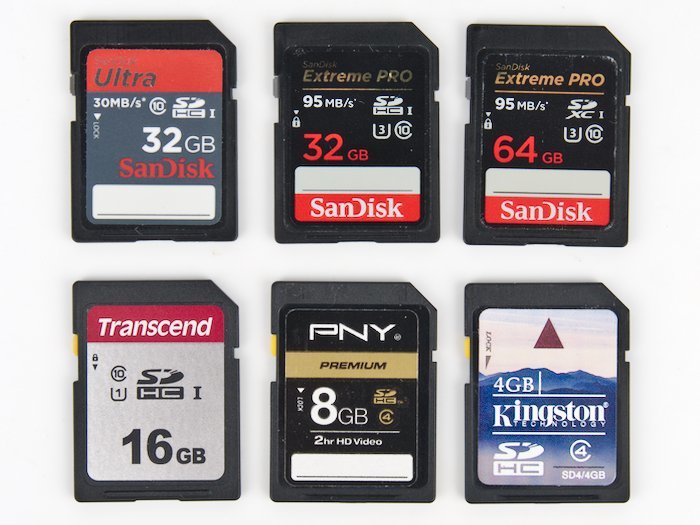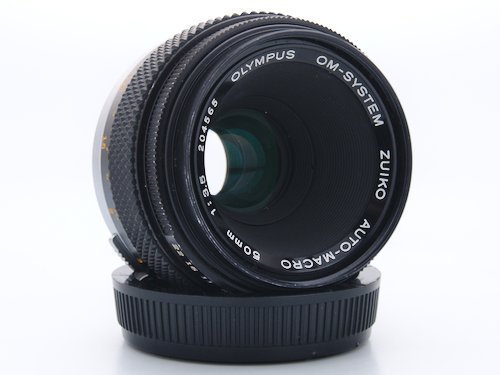
Olympus OM 50mm f/3.5 Zuiko Auto-Macro Lens Review
- Nathaniel Stephan
- Olympus om lenses , 50mm lenses , Macro lenses
- April 21, 2019
Table of Contents
The Olympus 50mm f/3.5 OM-System Zuiko Auto-Macro lens is a well built lens. Having the aperture located at the front of the lens makes it easy to adjust when adapted to a mirrorless camera.
Used Price and Where to Buy
When I was checking prices on the Olympus 50mm macro in November 2018, there were many lenses available and prices were low.
Due to the large amount of supply, you should have no problem finding a great deal with a little shopping around.
Make sure to factor in the cost of the extension tube if is it not included with the lens.
Affiliate Advertising Disclosure
Outside the Shot is a participant in the Amazon Services LLC Associates Program, an affiliate advertising program designed to provide a means for sites to earn advertising fees by advertising and linking to Amazon.com.
As an eBay Partner, I may be compensated if you make a purchase. I also participate in affiliate advertising programs with KEH and Adorama. More can be found on the Affiliate Disclosure page.
See current price and more information on:
Comparable Lenses
- Vivitar 55mm f/2.8 Macro - Available in multiple mounts.
- Micro Nikkor 55mm f/3.5 PC
- Canon FD Macro 50mm f/3.5
Build Quality, Design, and Sample Variation
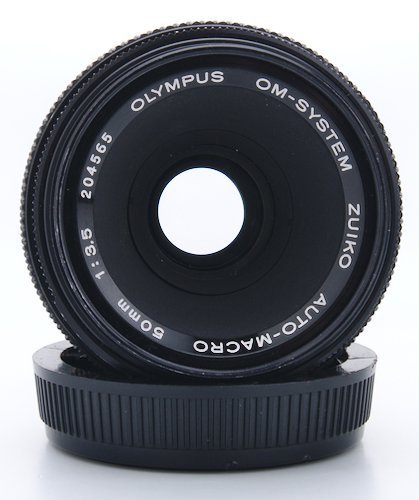
Olympus designed the 50mm macro to be a small, compact lens. They succeeded as it is the smallest vintage macro lens. It does only go to 1:2 magnification, but even with an extension tube, it is still small compared to other macro lenses.
One notable difference with this, and many Olympus lenses, is that the aperture ring is at the front of the lens. Seeing what the aperture is set to is easier than lenses with the aperture ring placed at the rear of the lens.
Though, the aperture ring on the Olympus is more difficult to use with the lens reversed.
The build quality is excellent. For a lens that is around 40 years old, it has held up well. My copy has a light and smooth focus ring, which is a rarity among vintage macro lenses.
Almost every vintage macro lens I have tested has issues with their focus rings due to grease in their helicoids drying out.
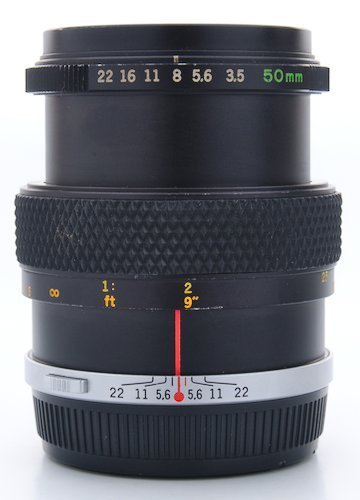
Usage & Working Distance
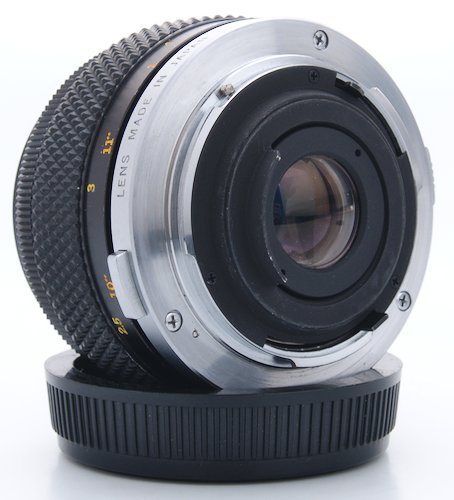
Testing was done with the lens adapted to a Sony A7. The lightweight, 202g (7.1oz) without lens caps, balanced well on the A7. Adding the 25mm extension tube increases the weight by 68g (2.4oz), but the camera is still balanced well.
There are no half stops on the aperture ring. The clicks from changing the aperture are the loudest I have heard from a lens.
Having the aperture on the front of the lens made it easy to see. I found it comfortable to change the aperture. With the extension tube, I was not able to support the bottom of the camera with my palm while focusing or changing the aperture.
Focusing was nice and smooth with 330 degrees of travel from infinity to 1:2 magnification. No signs of problems with the helicoid grease, which was a relief. The majority of vintage macro lenses I come across have stiff focus rings.
The front element is recessed into the lens and does not move forward during close focusing. A lens hood or protection for the front element should not be needed.
Test Shot Sharpness Comparison
- f/3.5 - The center is fairly sharp. There is falloff leading to the corners, which are not sharp.
- f/5.6 - Close to being as sharp as f/8 in the center. Less pronounced falloff moving towards the corners. The corners are still a bit soft.
- f/8 - The sharpest aperture. Corners look great.
- f/11 - A slight loss in sharpness due to diffraction.
- f/16 - Even more loss of sharpness from diffraction.
- f/22 - The test image is likely the last time I’ll ever use this aperture.
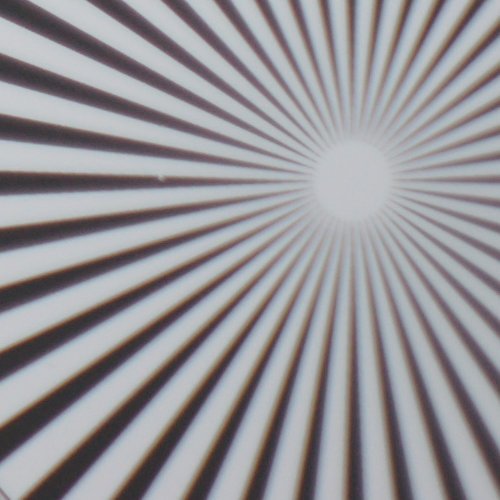
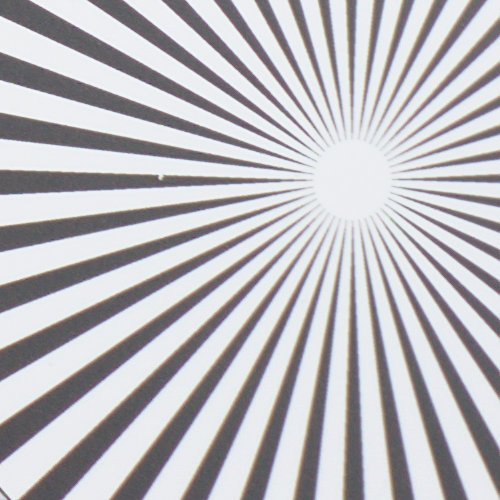
Other Test Shots
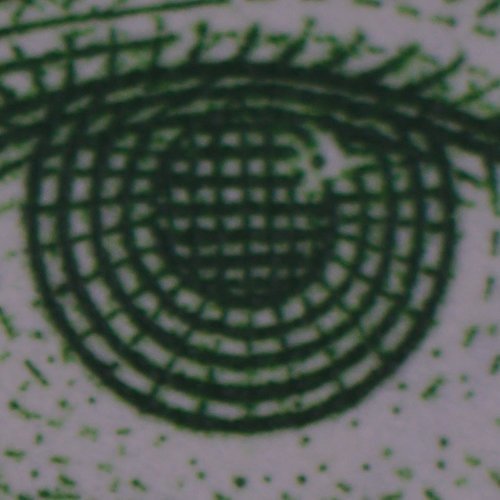
Magnification by Extension & Reversal
In order to be able to change the aperture on the lens, the auto aperture lever on the lens needed to be held closed.
The easiest and cheapest way to do this is with a lens adapted. An adapter will also double as a lens hood and provide protection for the rear element.
The narrow width and smaller diameter than the focus ring made the aperture ring difficult to reach when reversed. Other than test shots, there should be almost no reason to constantly be fiddling with the aperture ring.
Conclusion
The lens is sharper at f/5.6 than most vintage macro lenses, and is great at f/8. Only the Komine made Vivitar 55mm f/2.8 macro lens has a clear advantage in sharpness.
As a lens that will be adapted to a mirrorless camera, the compact size of the Olympus lens is attractive. The lens plus adapter is not longer than a standard zoom or fast prime.
Weight causing stress on the camera mount is also not an issue. The aperture ring at the front of the lens is also easy to see and use while supporting the camera in a shooting position.
For $40 or under the Olympus 50mm f/3.5 macro is a great lens. Versions of the Komine 55mm f/2.8 lenses will cost around twice as much as the Olympus, are larger, and heavier.
For a lens to walk around with, I would rather have the Olympus. For studio work, my first choice would be my 55mm Vivitar.
Lens Specifications
| Manufacture | Olympus |
| Made in | Japan |
| Year Released | 19?? |
| Original Price | $194.50* |
| Elements Groups | 5 ele. 4 gr. |
| Focal Length | 50mm |
| Aperture | f/3.5-22 |
| # Aperture Blades | 6 |
| Aperture control | Manual, Auto Diaphragm |
| Focus Type | Manual |
| Hard Infinity Stop | Yes |
| Magnification | 1:2, 1:1 w/ extension tube |
| Minimum Focus Distance | 22.9cm (9”) / |
| Working Distance | 6.7cm (2-5/8") |
| Filter Threads | 49mm |
| Weight | 220g (7.8oz) |
| Dimensions | ⌀62mm x 61mm (2.4" x 2.4") |
Note: Price was taken from a 1977-78 Sears Camera and Photographic Supplies Catalog.
Accessories
Auto 25mm extension tube. This is required for the lens to be able to achieve 1:1 magnification.
Lens Versions
| Name Plate | Nose Color | Serial No. Range |
|---|---|---|
| 1. Zuiko Auto-Macro 50mm f/3.5 | Silver | 101xxx - 121xxx |
| 2. Zuiko Auto-Macro 50mm f/3.5 | Black | 127xxx |
| 3. Zuiko MC Auto-Macro 50mm f/3.5 | Black | 131xxx - 202xxx |
| 4. Zuiko Auto-Macro 50mm f/3.5 | Black | 203xxx - 263xxx |
Sources
AlanWood.net - Detailed information on matching serial numbers to lens versions.
